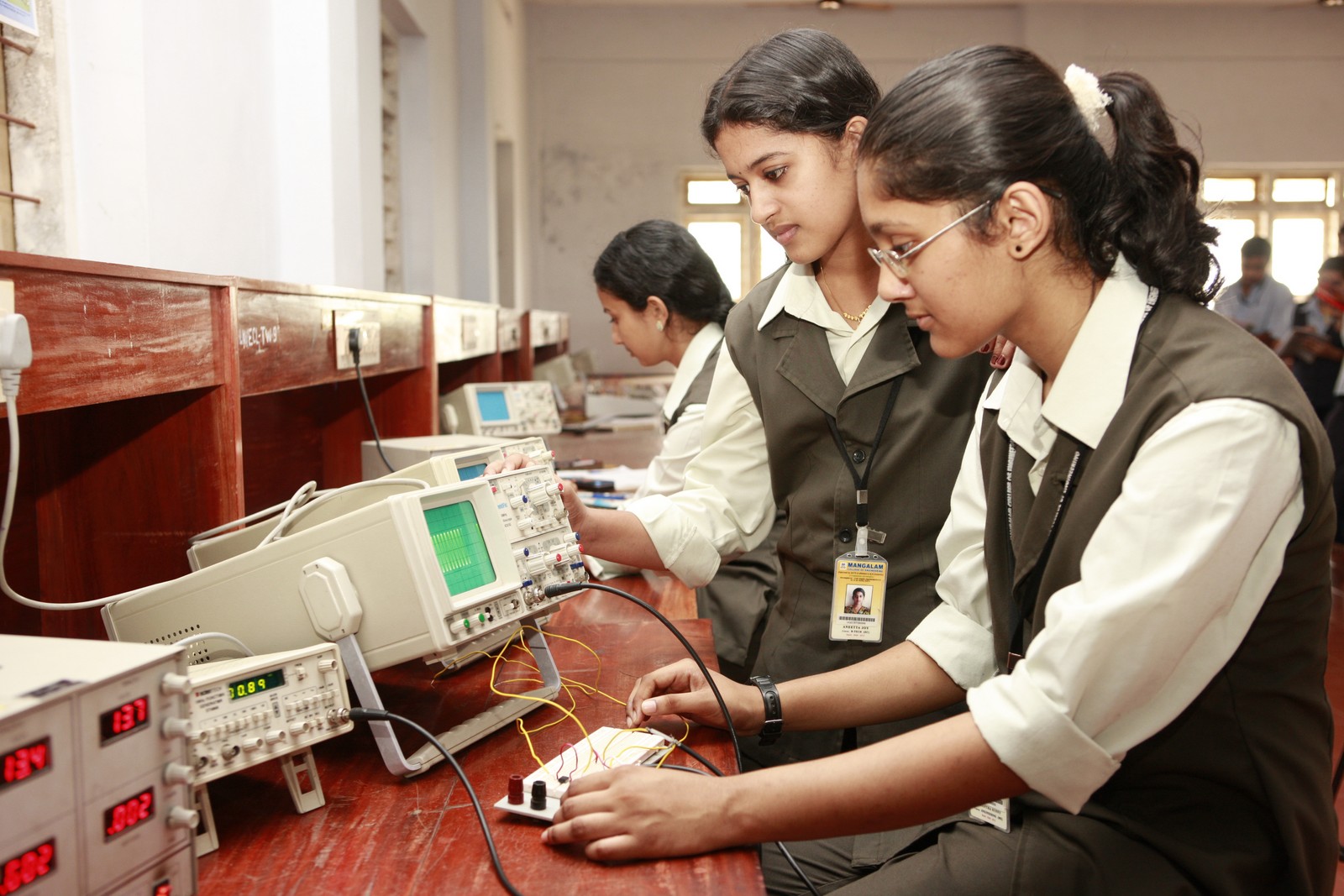
Generalmente i binari sono realizzati nella sezione I. Potremmo chiederci molte volte perché non viene utilizzata qualsiasi altra forma. Potremmo anche chiederci, perché non viene utilizzata la sezione piena? Discuteremo il motivo alla base della selezione della trave I per i binari ferroviari in Questo articolo.
Le solite rotaie Flat Footed utilizzate per le linee a scartamento largo sono mostrate di seguito con i suoi componenti di seguito.
Questa è la forma tipica della sezione trasversale di un binario posato con rotaie Flat-footed.
I binari con testa di toro assomigliano più correttamente alla forma a "I".
Questi sono così sagomati per i seguenti scopi:
La parte superiore o la TESTA del binario è più spessa per assorbire l'impatto delle ruote in rapido movimento e trasportare il carico dei treni prevenendo l'abrasione dei binari.
Il Web del binario serve a sollevare il treno dal livello del suolo; e poiché le flange interne delle ruote hanno un'area maggiore delle flange esterne come mostrato di seguito, così il nastro fornisce principalmente una copertura chiara (distanza) tra la base della ruota e lo strato di traversina/zavorra.
Il PIEDE PIATTO fornisce un duplice scopo. Il facile bloccaggio, ovvero il fissaggio alla traversina sottostante a causa dell'area più ampia e della superficie maggiore dovuta al piede piatto, aiuta a trasferire il carico alla traversina in modo più efficiente, il che trasferisce ulteriormente il carico alla zavorra e successivamente alla sottobase.
PERCHÉ UTILIZZATO SOLO I-SHAPED, PERCHÉ NON ALTRE FORME:
Un raggio è più efficiente quando più materiale è LONTANO dal centro. Ha più forza rispetto al solido.
La metà superiore dovrebbe essere abbastanza larga da supportare la ruota e la metà inferiore dovrebbe essere larga e abbastanza spessa per il bloccaggio. L'eliminazione di materiali extra consente di risparmiare una quantità significativa di ferro senza compromettere la resistenza, dandogli così la forma di ciò che hai chiesto.
La rotaia deve essere rigida nella direzione verticale per sostenere il carico del treno.
Deve essere relativamente flessibile nella direzione orizzontale in modo che possa facilmente piegarsi
Generally rail tracks are made in I Section.We might wonder many times that why any other shape is not used.We might also wonder, why solid section is not used??We will discuss the reason behind selection of I beam for railway tracks in this article.
The usual, Flat Footed rails used for Broad Gauge lines is shown below with its components below.
This is typical shape of the cross-section of a track laid with Flat-footed Rails.
The Bull headed rails resemble the 'I' shape more correctly.
These are shaped so for following purposes:
- The top portion or the HEAD of the rail is thicker to take up the impact of the fast moving wheels, and carry the load of trains preventing abrasion of the tracks.
- The WEB of the rail is to uplift the train from the ground level; and as the inner flanges of wheels are of greater area than the outer flanges as shown below, so the web mainly provides clear cover (distance) between wheel base and the sleeper/ ballast layer.
- The FLAT FOOT provides two-fold purpose. Easy clamping i.e fixing to the sleeper beneath it because of wider area as well as greater surface area due to flat foot helps in load transfer to the sleeper more efficiently which further transfers the load to ballast and later sub-base.
WHY I-SHAPED ONLY USED,WHY NOT ANY OTHER SHAPE:
- A beam is more efficient when more material is AWAY from the center. It’s has more strength as compared to solid.
- Upper half should be wide enough to support the wheel and lower half should be wide & thick enough for clamping. Taking out extra materials saves significant amount of iron without compromising over strength thus giving it the shape of what you asked.
- Rail needs to be stiff in the vertical direction to take the load of the train.
- It needs to be relatively flexible in the horizontal direction so it can easily bend around

- Log in to post comments